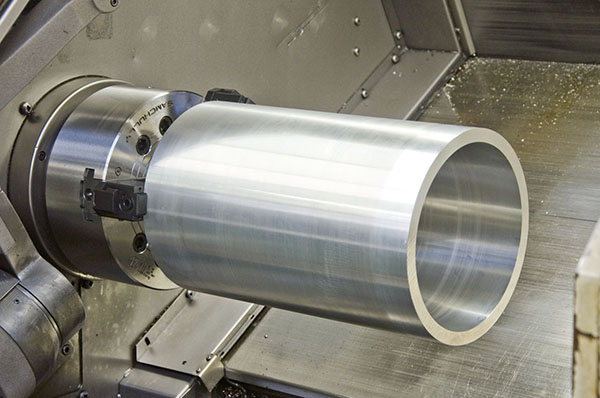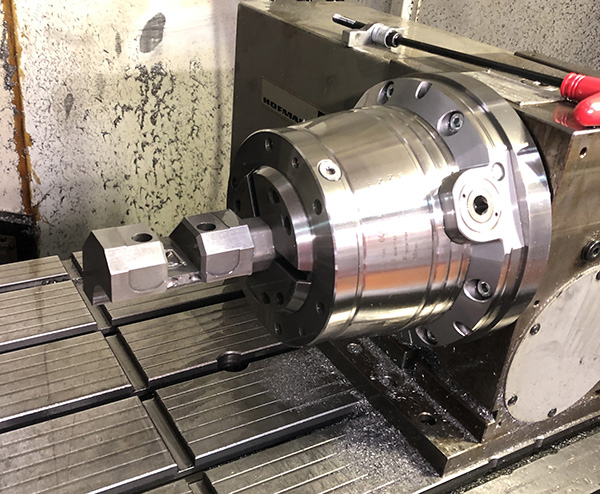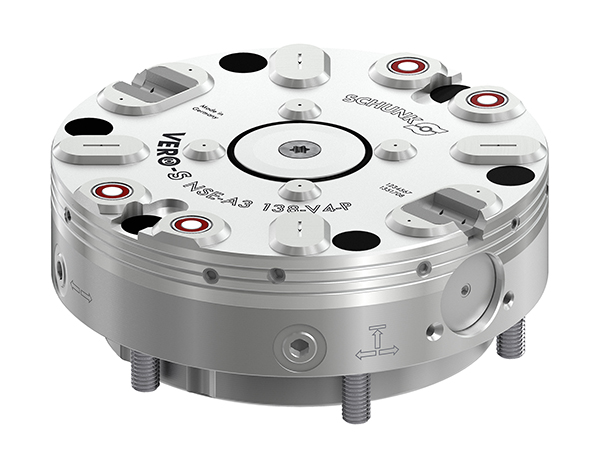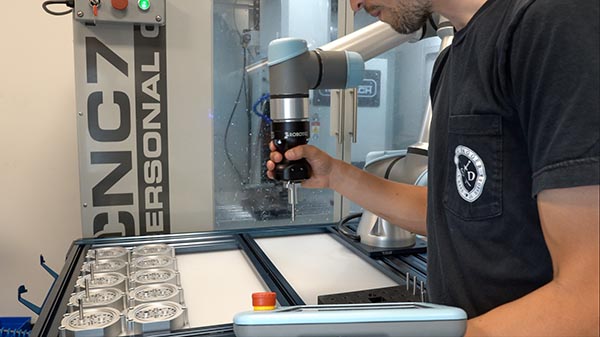At the Leeds facility of the LoneStar Group, investment has been made in work-holding equipment that reduces job changeover times and increases production efficiencies.

LoneStar Leeds specialises in the manufacture of products such as valve gates, stems, seats and metallic seals for the oil and gas, petrochemical, power generation, and renewable energy markets. The facility houses 13 machining centres, consisting of vertical, horizontal and twin-pallet machines with capacities up to 2,300 by 800 mm.
The managing director at LoneStar Leeds, Jon Collinge, says: “Having invited Thame Workholding to visit our site and assess a series of soon-to-be-manufactured thin walled parts with challenging specifications, the InoTop jaw system was recommended. The system proved to be ideal for securely holding the parts without causing deformation or compromising roundness. In addition, the use of InoTop accelerated production in this potentially problematic area. Given the elimination of scrap and the significant time savings we now achieve, our InoTop jaw system is ahead of schedule on its projected ROI.”
Operating on the principle of centring the workpiece on its outside diameter without the application of pressure, then clamping from the inside diameter, InoTop prevents unwanted polygon formations in the clamping process.
“The great success of the InoTop jaw system means that we have since invited Thame to look at several of our other machine tool applications,” says Collinge. “Their recommendations and our subsequent purchases of additional Thame Workholding products have enabled us to achieve further efficiencies and helped us to uphold our demanding quality standards.”
For further information www.thameworkholding.com























